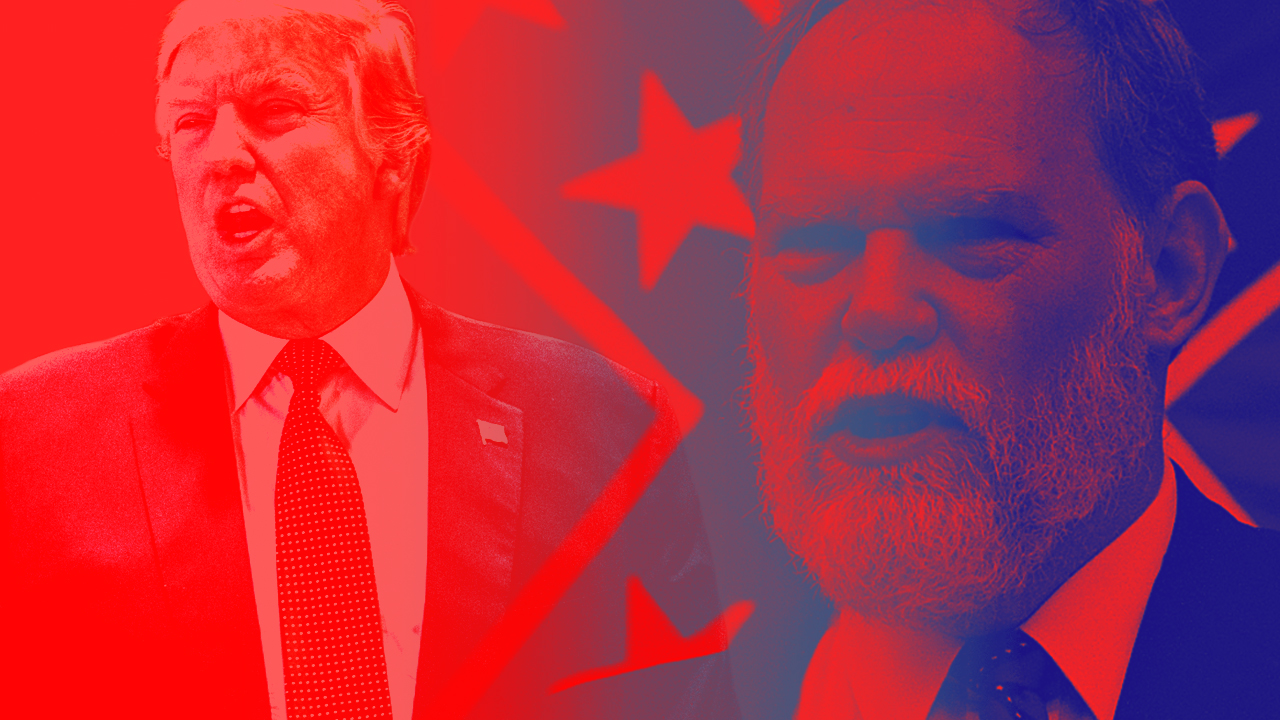Almost a month after Dylann Roof murdered nine parishioners at Charleston’s Mother Emmanuel AME church, a convoy of pickup trucks drove by a young African American child’s birthday party hurling racial epithets and pointing firearms. On February 27, 2017, several among the group of “flaggers” were sentenced to lengthy prison terms for aggravated assault, making terroristic threats and violating a state gang act.
The incident occurred in the midst of a heated national debate over the public prominence of the Confederate battle flag (CBF) after Roof was revealed to have posed for a photo with the banner before embarking on his murderous rampage.
The Southern Poverty Law Center documented a spike in rallies and “flaggings” — events where supporters march or ride with the CBF to show their “rebel pride” and “southern heritage” — in the aftermath of the shooting. Groups like the Sons of Confederate Veterans (SCV), Virginia Flaggers and young upstarts like the South Carolina Secessionist Party, all object to perceived attacks on their constructed cultural memory. While the participants at such events are generally older white males, the CBF has found unlikely supporters in a small group of African American neo-Confederates who identify with the banner.
The very existence of these black “southern heritage” activists is as infuriating to the neo-Confederate movement’s militant right as it is confusing to the mainstream left. The split over who can claim southern identity reveals deep rifts within the movement that have become more pronounced since 2015.
The derisive term “Rainbow Confederates” refers to those who acknowledge the contributions of African Americans and other minority groups — willing or not — to the extension of the longest violent uprising against the federal government to date.
In 2014, League of the South (LOS) President Michael Hill published a piece on the LOS website, titled “If The South Was Right Then Why Are There Rainbow Confederates?”
Notice, however, that I’m not saying a person is a Rainbow Confederate if he merely is interested in the historical accuracy of who fought for whom. After all, history is history. I am saying a person is a Rainbow Confederate if he takes that position in order to placate the Cultural Marxists and to justify the Southern cause in the name of political correctness.
For Hill and the League, acknowledging the contributions of black Americans to the Old South’s last ditch struggle for survival is tantamount to acknowledging that they have a right to exist in the present day. Within the black Confederate narrative lies a threat to their assertion that the “southern nation” consists solely of “anglo-celtic” Christians.
Discussing the sentencing of the individuals who participated in the Douglas County armed confrontation, Matthew Heimbach of the Traditionalist Worker’s Party described the flagging incident that spurred it as “not a white nationalist Confederate flag rally” but a “multicultural one, a ‘Rainbow Confederate’ one”.
In a video, titled “The Constitution Does Not Apply To White People,” Heimbach stated that the event was one where:
“…the South wasn’t about fighting for the great Anglo-Saxon Southland as George Wallace would say, or as many of our founders and the men who actually fought said, that they were fighting for white interests, and of course the creator of the Confederate Battle flag said that it was a white man’s flag. But that doesn’t matter to “Rainbow Confederates”. Much like conservatives, they care more about an agenda, about freedom and enlightenment era principles, instead of what the history is.”
African Americans did provide physical and material support to the CSA throughout its existence by performing tasks normally associated with chattel slavery in that period, and in scattered instances toward the close of the war by taking up arms. Most often appeals to this fact by “Rainbows” disregard the core truth that black Confederates were operating in a system of coercion and oppression where the penalty for non-compliance was corporal punishment or death.
In touting African American neo-Confederates like H.K. Edgerton, Arlene Barnum, and Anthony Hervey, “heritage” groups are attempting to distance themselves from the more radical wing of the neo-Confederate movement, with its calls for a second secession and return to the slave state.
In his “Rainbow Confederates” piece Hill stated:
The plain fact of the matter is that the Confederate armies were led and staffed overwhelmingly by white men. And they were fighting for the particular interests of their own Folk.
The interest of those folks — as Hill makes clear by citing Robert E. Lee, Jefferson Davis, and Alexander H. Stephens — was the preservation and expansion of the southern slave state.
Hatewatch does not list heritage groups like the SCV or Virginia Flaggers as hate groups, though they choose to spend their time and money valorizing the darker parts of our history. Yet in their effort to gloss over the legacy of slavery in the South, these groups strengthen the appeal of Lost Cause mythology, opening the door for violent incidents spurred by the rhetoric of cynical individuals like Michael Hill and Matt Heimbach when the public prominence of those icons is threatened.
That this climate emboldened a group demanding blacks “respect the flag” to terrorize a young girl’s birthday party should come as no surprise.



